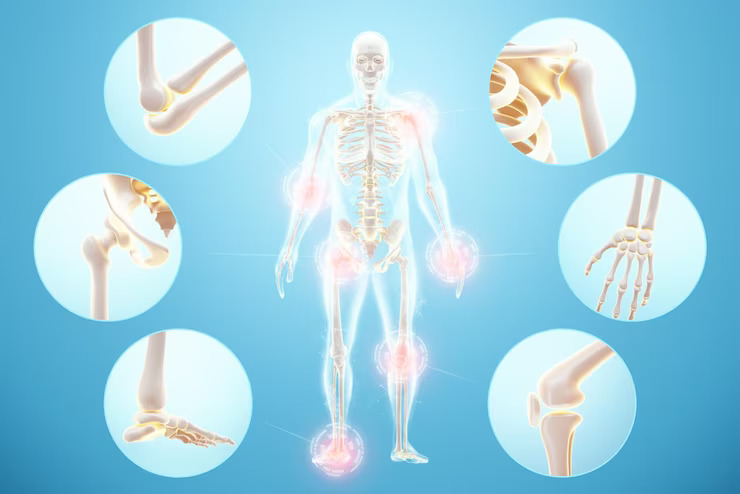
Osteochondral Autograft Transfers
Our joints are covered in cartilage, a robust, supple material. Our ability to move freely is made possible by the smooth, pain-free motion of our joints thanks to this surface. This cartilage will start to deteriorate as we age or play sports, and it may even sustain harm. This can result in a number of problems that can cause pain, stiffness, and edema in the knee joint.
An osteochondral autograft transfer (OATS), which entails harvesting and transferring a plug of bone and cartilage from a less weight-bearing area of the knee to an area of the knee where there is a symptomatic osteochondral defect, is one particular cartilage restoration procedure that has shown to provide patients with relief. Arthroscopy is typically used to carry out this treatment. In order to reduce donor site morbidity from the location where the plug was transplanted, these areas should typically be no larger than 1 cm.
Conditions Treated
- Relieves stiffness and discomfort
- Treats cartilage degeneration in joints that is symptomatic
- Repairs damage to the knee cartilage caused by aging or sports
Emergency?
24 Hour Ready
Call Us for Emergency
+91-9828501360
Book an Appointment
Seamless Fitness Care Access: Booking an Appointment with Your
Trusted Doctor
Osteochondral Autograft Transfers FAQ's
OAT is a surgical procedure in which a small plug of healthy cartilage and bone is harvested from one area of a joint, such as the knee, and then transplanted into an area with damaged or missing cartilage to promote healing.
OAT is typically recommended for patients with localized cartilage defects, usually in the knee joint. It is often used when more conservative treatments like physical therapy and medications have not been effective.
OAT is typically recommended for patients with localized cartilage defects, usually in the knee joint. It is often used when more conservative treatments like physical therapy and medications have not been effective.
Recovery from OAT may involve crutches, physical therapy, and a gradual return to weight-bearing activities. It can take several months to return to normal activities, and full recovery may take up to a year.